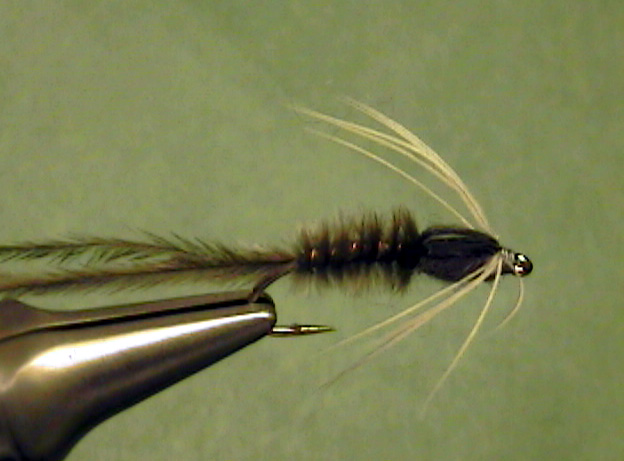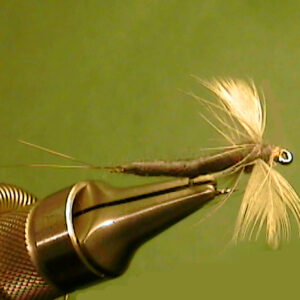Gray Drake: 10/12
similar to that of stoneflies. The big difference is that the gray drakes can swim there and
the stoneflies crawl along the bottom of the stream to get there. The Gray Drake nymphs
can dart about, swimming in short spurts similarly to small minnows or baitfish. This is the
time that they are in much danger of becoming trout food and is also the best time to fish
for trout that are feeding on the Gray Drake nymphs.
Presentation:
The Perfect Fly Gray Drake nymph should be presented near the shoreline in shallower
water. That’s because they crawl out of the water on the banks to hatch. If you fish from
the banks, you should stay well back of the bank to prevent spooking the nymphs and
the trout that feed on them. You want to cast out into the stream several feet but bring
the nymph all the way back to the bank. If they are hatching, the trout will be looking for
them near the banks.
You may want to try imitating the short, erratic, darting Gray Drake nymphs just prior to a
hatch but the fly has some action itself due to the long, soft hackle used for the legs.
Short strips of the fly line will do this.
The Gray Drake hatch doesn’t have a very long duration in any one area of a stream.
The best clue that a hatch is taking place is you will usually find lots of the nymphs in the
shallow water near the banks.
Since the Gray Drake nymphs are swimmers that rely on escaping trout much like
minnows and sculpin, trout can be taken year-round on the Perfect Fly Gray Drake
nymph. This is a good strategy to use in areas where there are known concentrations of
Gray Drake nymphs when there’s no hatch to match.
As we mentioned in the introduction, the water where these mayflies exist is usually slow
moving water or even still water. The best presentation is usually an up and across cast.
Keeping a drag free drift is fairly easy in the slow water. You should try to keep the fly as
close to the bottom as possible.

